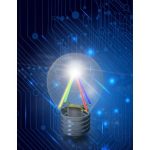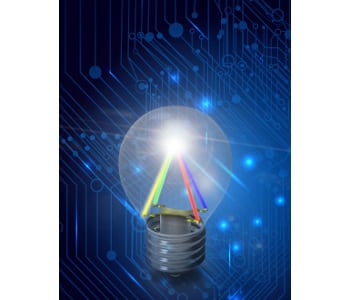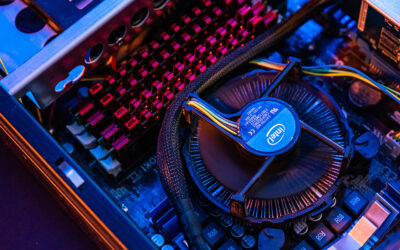 Solid-state lighting has made tremendous progress this past decade, with the potential to make much more progress over the coming decade.
Solid-state lighting has made tremendous progress this past decade, with the potential to make much more progress over the coming decade.
J. Y. Tsao et al. have reviewed the current status of solid-state lighting, relative to its potential to be ‘smart’ and ultra-efficient. Smart, ultra-efficient solid-state lighting would enable both very high ‘effective’ efficiencies and potentially large increases in human performance. To achieve such ultra-efficiency, phosphors must give way to multi-color semiconductor electroluminescence; this review looks at some of the technological challenges associated with such electroluminescence at the semiconductor level.
To achieve ‘smartness’, additional characteristics such as control of the light flux and spectra in time and space will be important; some of the technological challenges associated with achieving these characteristics at the lamp level are discussed.
Throughout, a key point is that ‘smart’ and ‘ultra-efficient’ are not either/or: few compromises need to be made between them. The route to ultra-efficiency brings with it the potential for smartness; the ultimate route to smartness brings with it the potential for ultra-efficiency; and the long-term ultimate route to both might well be color-mixed RYGB lasers.

















